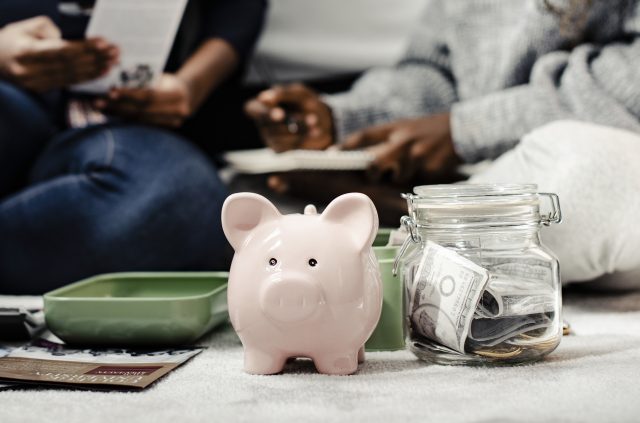Let’s face it—life has a way of throwing curveballs when you least expect it.
Your car breaks down. Your laptop suddenly dies. You lose your job out of nowhere. And just like that, your budget is in chaos.
That’s where an emergency fund comes in. It’s your personal financial safety net, your “just in case” cushion. And if you don’t have one yet—don’t worry. You’re not alone. But today’s a great day to start.
Wait, What Exactly Is an Emergency Fund?
An emergency fund is a stash of money set aside for unexpected expenses. Not new clothes. Not vacations. Not impulse buys on Amazon.
We’re talking real emergencies:
- Job loss
- Medical bills
- Major car or home repairs
- Urgent travel for family situations
- A global pandemic (yep, that too)
It’s money you hope you never have to use—but you’ll be so glad it’s there when life gets messy.
How Much Should I Save?
The general rule of thumb? Three to six months’ worth of living expenses.
But here’s the thing: that number can feel overwhelming if you’re starting from zero. So let’s break it down.
Ask Yourself:
- What’s the bare minimum you need to cover rent/mortgage, food, utilities, and transportation each month?
- Multiply that number by 3 (for a basic buffer) or 6 (for a fuller cushion).
- That’s your target goal. But don’t panic—you don’t need to hit it overnight.
Even ₦50,000 or $100 in savings is better than nothing. Start where you are.
How to Build Your Emergency Fund (Without Stressing)
✅ 1. Open a Separate Savings Account
Keep it out of sight, out of mind. You want this money away from your daily spending account, but still easily accessible when you really need it. Online banks with high-yield savings accounts are great for this.
✅ 2. Automate Your Savings
Set up an automatic transfer—even if it’s just ₦5,000 or $10 a week. Over time, it adds up without you even thinking about it.
Example: Saving ₦5,000/week = ₦260,000 in a year
(That’s rent for many people.)
✅ 3. Use Windfalls Wisely
Got a tax refund? A bonus? Birthday money? Instead of spending it all, put a chunk into your emergency fund. It’s a fast way to make progress.
✅ 4. Cut One Thing (Temporarily)
Cancel a subscription, eat out less this month, or hold off on a non-essential purchase. Put that money directly into your fund. You’re trading a little comfort now for peace of mind later.
✅ 5. Treat It Like a Bill
Just like you wouldn’t skip your rent or phone bill, don’t skip your emergency fund contribution. Even if it’s small, build the habit first—the amount can grow later.
Where Should You Keep Your Emergency Fund?
The goal is easy access + no risk.
- 💡 Best option: High-yield savings account (online banks are your friend)
- 🏦 Traditional savings account = okay, just lower interest
- ❌ NOT your investment account (the stock market is too risky for emergency money)
What NOT to Use It For
This isn’t a “treat yourself” fund. It’s not for:
- Upgrading your phone
- Holidays or gifts
- Business ideas
- Shopping sprees
Only touch it when something unexpected and urgent happens. And when you do use it, make a plan to replenish it ASAP.
What If You Have Debt? Should You Still Build an Emergency Fund?
Yes—but start small.
If you have high-interest debt (like credit cards), focus on creating a mini emergency fund (₦50,000–₦100,000 or $500–$1,000). That way, you won’t keep falling back on debt for every surprise expense.
Once that’s in place, you can split your efforts: pay down debt while gradually building a fuller emergency fund.
Building an emergency fund isn’t about hitting a magic number. It’s about creating breathing room. Financial confidence. The ability to handle life’s unexpected moments without spiraling into stress.
You don’t need to be rich to start saving. You just need to start.
So set your goal. Automate what you can. And watch that fund grow—one small step at a time.














